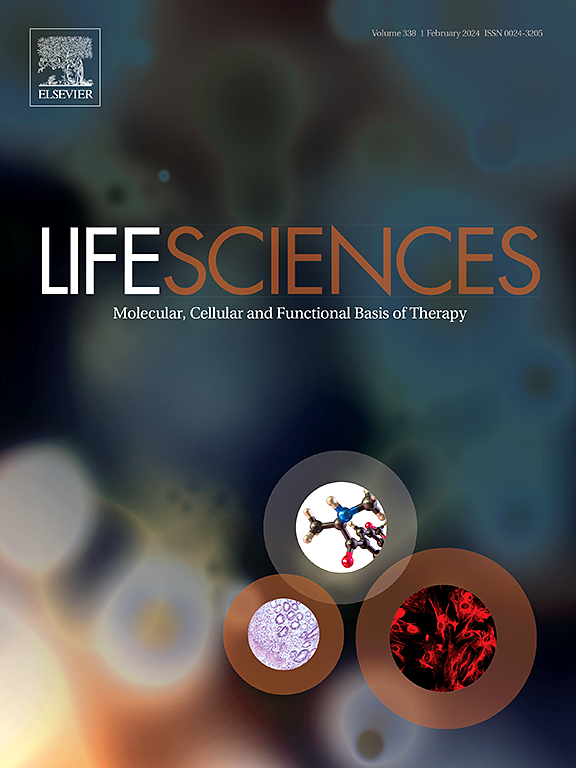GraphCVAE:通过残差和对比学习发现细胞异质性和治疗靶点
IF 5.2
2区 医学
Q1 MEDICINE, RESEARCH & EXPERIMENTAL
引用次数: 0
摘要
近年来,空间转录组学(ST)技术的进步改变了对空间范围内组织结构和功能的分析。然而,由于数据稀少和噪声,准确识别空间域仍然具有挑战性。传统的聚类方法往往无法捕捉空间依赖性,而空间聚类方法则在批处理效应和数据整合方面举步维艰。我们介绍了 GraphCVAE,这是一个旨在通过整合空间和形态信息、纠正批量效应和管理异构数据来增强空间域识别能力的模型。GraphCVAE 采用多层图形卷积网络(GCN)和变异自动编码器来改进空间信息的表示和整合。通过对比学习,该模型能捕捉细胞类型和状态之间的细微差别。对各种 ST 数据集的广泛测试证明了 GraphCVAE 的鲁棒性和生物学贡献。在背外侧前额叶皮层(DLPFC)数据集中,它能准确划分皮层边界。在胶质母细胞瘤中,GraphCVAE 揭示了关键的治疗靶点,如 TF 和 NFIB。在结直肠癌中,它探索了细胞外基质在结直肠癌中的作用。该模型的性能指标不断超越现有方法,验证了其有效性。GraphCVAE 先进的可视化功能进一步突出了它在解析空间结构方面的精确性,使其成为空间转录组学分析的强大工具,并为疾病研究提供了新的见解。本文章由计算机程序翻译,如有差异,请以英文原文为准。
GraphCVAE: Uncovering cell heterogeneity and therapeutic target discovery through residual and contrastive learning
Advancements in Spatial Transcriptomics (ST) technologies in recent years have transformed the analysis of tissue structure and function within spatial contexts. However, accurately identifying spatial domains remains challenging due to data sparsity and noise. Traditional clustering methods often fail to capture spatial dependencies, while spatial clustering methods struggle with batch effects and data integration. We introduce GraphCVAE, a model designed to enhance spatial domain identification by integrating spatial and morphological information, correcting batch effects, and managing heterogeneous data. GraphCVAE employs a multi-layer Graph Convolutional Network (GCN) and a variational autoencoder to improve the representation and integration of spatial information. Through contrastive learning, the model captures subtle differences between cell types and states. Extensive testing on various ST datasets demonstrates GraphCVAE's robustness and biological contributions. In the dorsolateral prefrontal cortex (DLPFC) dataset, it accurately delineates cortical layer boundaries. In glioblastoma, GraphCVAE reveals critical therapeutic targets such as TF and NFIB. In colorectal cancer, it explores the role of the extracellular matrix in colorectal cancer. The model's performance metrics consistently surpass existing methods, validating its effectiveness. GraphCVAE's advanced visualization capabilities further highlight its precision in resolving spatial structures, making it a powerful tool for spatial transcriptomics analysis and offering new insights into disease studies.
求助全文
通过发布文献求助,成功后即可免费获取论文全文。
去求助
来源期刊

Life sciences
医学-药学
CiteScore
12.20
自引率
1.60%
发文量
841
审稿时长
6 months
期刊介绍:
Life Sciences is an international journal publishing articles that emphasize the molecular, cellular, and functional basis of therapy. The journal emphasizes the understanding of mechanism that is relevant to all aspects of human disease and translation to patients. All articles are rigorously reviewed.
The Journal favors publication of full-length papers where modern scientific technologies are used to explain molecular, cellular and physiological mechanisms. Articles that merely report observations are rarely accepted. Recommendations from the Declaration of Helsinki or NIH guidelines for care and use of laboratory animals must be adhered to. Articles should be written at a level accessible to readers who are non-specialists in the topic of the article themselves, but who are interested in the research. The Journal welcomes reviews on topics of wide interest to investigators in the life sciences. We particularly encourage submission of brief, focused reviews containing high-quality artwork and require the use of mechanistic summary diagrams.
 求助内容:
求助内容: 应助结果提醒方式:
应助结果提醒方式:


